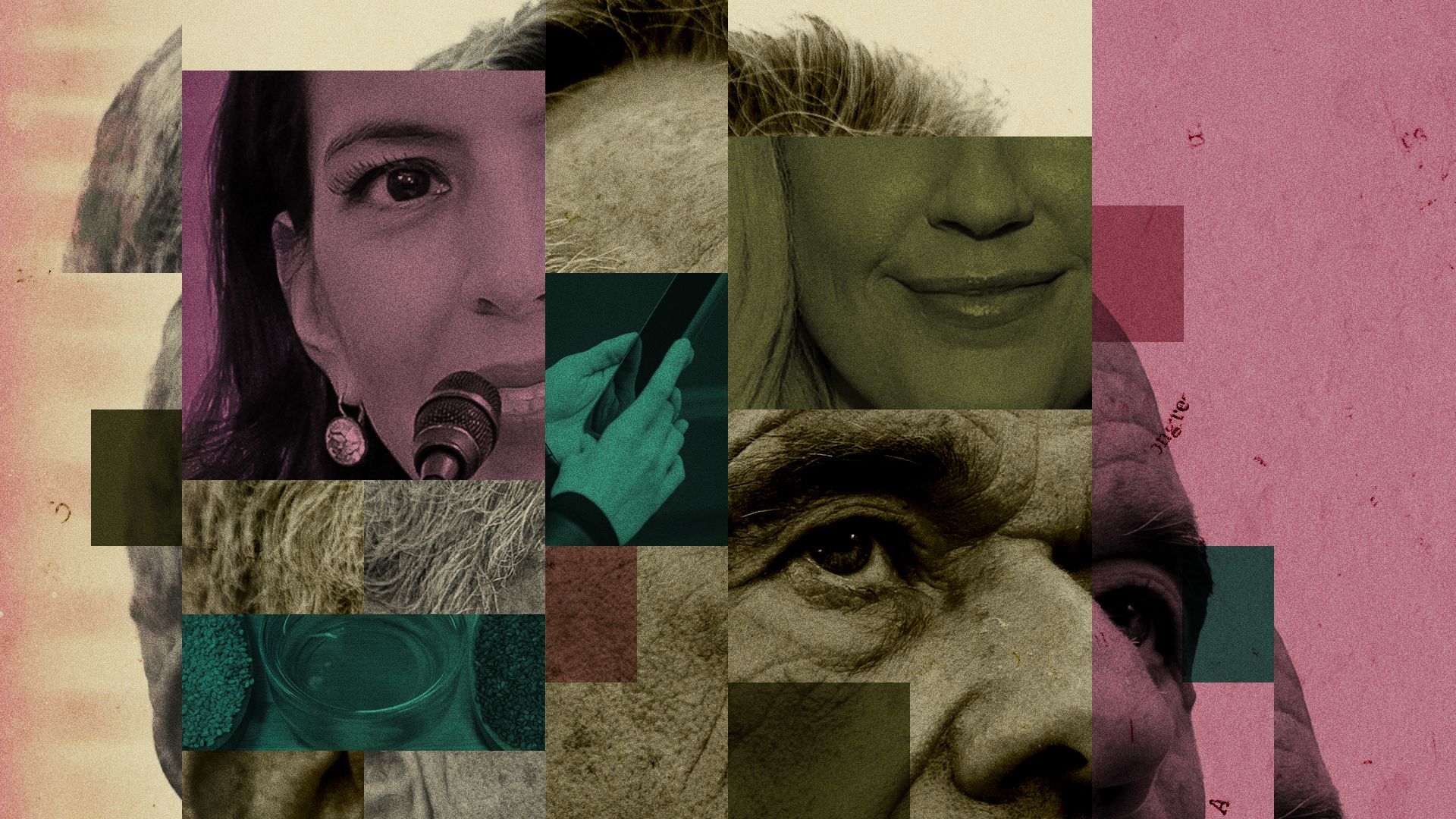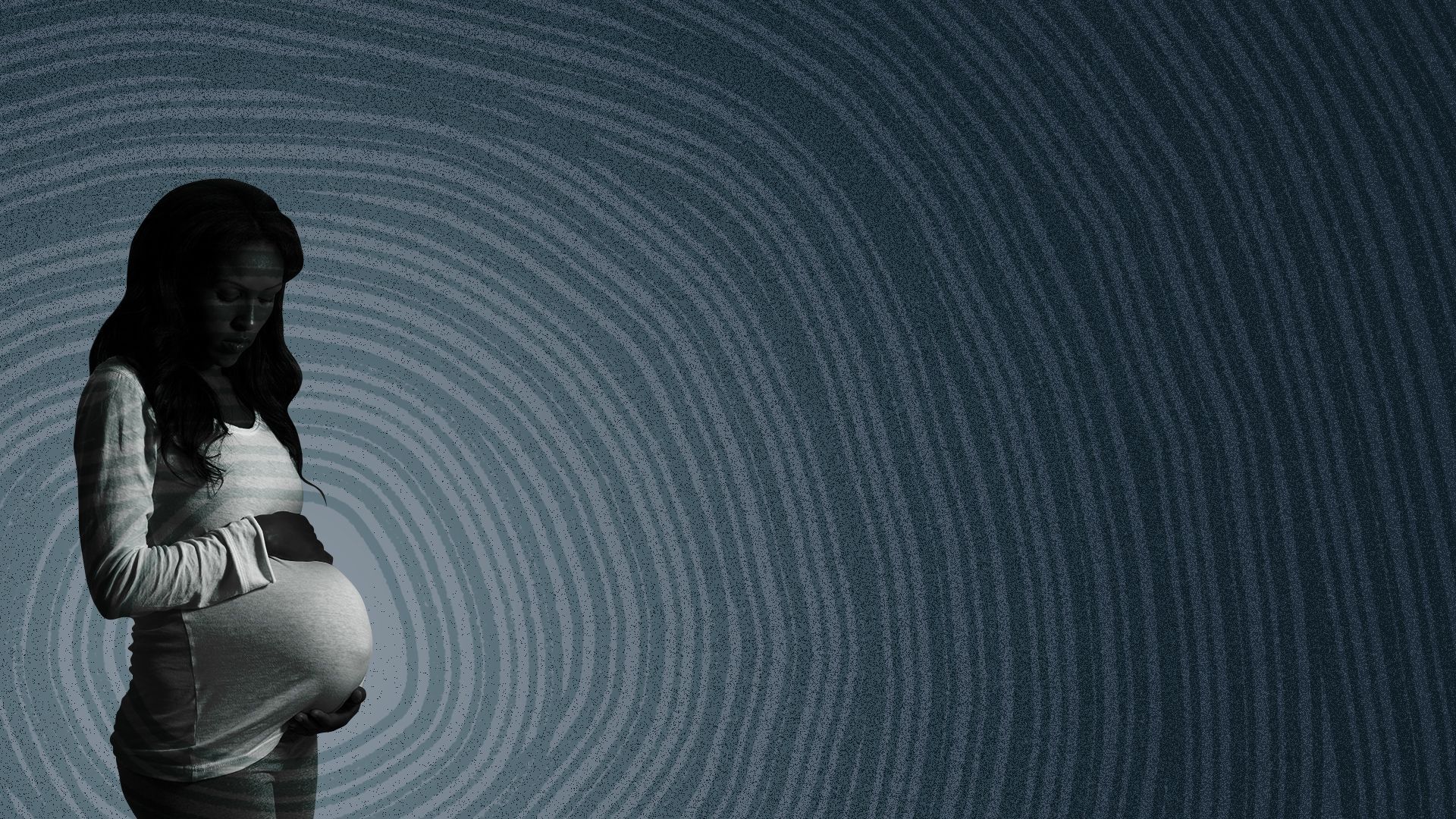|
||
| PRESENTED BY THE COALITION TO STRENGTHEN AMERICA’S HEALTHCARE | ||
| Axios Vitals | ||
| By Maya Goldman and Tina Reed · Apr 30, 2025 | ||
|
Halfway through the week! Today's newsletter is 974 words or a 3.5-minute read. |
||
| 1 big thing: RFK Jr.'s not-so-secret weapon: moms | ||
| By Tina Reed | ||

|
||
|
Photo illustration: Maura Losch/Axios. Photos: Will Oliver/EPA/Bloomberg, Vivien Killilea/Getty Images for Los Angeles Magazine, and courtesy of Lydia Emrich |
||
|
A cadre of moms on social media is using TikTok activism around wellness causes to amplify HHS Secretary Robert F. Kennedy Jr.'s calls to clean up America's food supply. Why it matters: At a time when "bro-casters" like Joe Rogan are helping drive the political narrative, Kennedy has tapped into the following of these "mom-fluencers" to further his agenda, which has included narratives that aren't scientifically sound. Driving the news: The alliance was on display last week when Kennedy announced an "understanding" with food makers to cut certain dyes from their products.
Between the lines: Influencers such as Vani Hari, better known as the "Food Babe," can be found on platforms including Instagram, TikTok, Substack and on the podcast circuits.
Reality check: While the moms discuss the value of eating whole foods, getting exercise and quality sleep, they've often veered into misinformation as they advocate for natural health and parental choice, experts said. |
||
|
|
||
| 2. Scoop: GOP poll shows Medicaid messaging risk | ||
| By Stef W. Kight | ||

|
||
|
Illustration: Brendan Lynch/Axios |
||
|
New internal GOP polling shows Republicans will have to be careful with how they message on any changes to Medicaid, with U.S. voters opposed to spending cuts to the program — even when framed as an effort to lower national debt. Why it matters: It's a warning sign for Republican lawmakers eyeing spending cuts, even as many of the top priorities in President Trump's sweeping budget package are popular.
Zoom in: 57% also supported adding work requirements to Medicaid and 60% backed the broader idea of rooting out "waste, fraud and abuse" from the program.
What we're hearing: Sen. Tom Cotton (R-Ark.) shared top lines with senators during a closed-door lunch on Tuesday. |
||
|
|
||
| 3. SCOTUS sides with HHS on Medicare payments | ||
| By Maya Goldman | ||

|
||
|
Illustration: Maura Losch/Axios |
||
|
The Supreme Court sided with HHS on Tuesday in a case over whether safety net hospitals that care for low-income seniors should get higher Medicare reimbursements. Why it matters: Billions of dollars were on the line for the more than 200 hospitals pressing the case, who claimed they'd been underpaid from 2006 to 2009. Driving the news: Justices ruled 7-2 that Medicare used the appropriate method for calculating the safety-net payments, with Justice Elena Kagan joining the court's conservatives.
State of play: The majority of justices ruled that the law considers SSI to refer to cash benefits, with eligibility determined on a monthly basis. The other side: Justice Ketanji Brown Jackson, joined by Justice Sonia Sotomayor, wrote in a dissent that the opinion endorses a formula that "arbitrarily undercounts" the low-income patients served by a hospital. |
||
|
|
||
|
A MESSAGE FROM THE COALITION TO STRENGTHEN AMERICA’S HEALTHCARE |
||
| We need Medicaid for a healthy America | ||
|
|
||
|
Tell Congress: Don’t cut Medicaid for America’s children and families. The reason: Medicaid helps keep more than 30 million children across America healthy, covering life-saving surgeries and so much more. |
||
| 4. Unpacking the maternal death rate increase | ||
| By Maya Goldman | ||

|
||
|
Illustration: Aïda Amer/Axios |
||
|
The addition of a "pregnancy checkbox" on death certificates has driven much of the increase in reported maternal mortality over the past 20 years, according to a new study in JAMA Pediatrics. Why it matters: The study authors say their results highlight the need for rigorous data collection and analysis on maternal health to inform policy. But earlier this month, Robert F. Kennedy Jr.'s agency reorganization plan placed on leave the entire staff overseeing the main federal survey on maternal and infant health. The big picture: About 66% of the United States' increase in reported maternal mortality between 2000 and 2019 is associated with the introduction of the pregnancy checkbox, the NIH-funded study found. The checkbox started becoming commonplace in 2003.
Yes, but: Maternal deaths did significantly spike to 18.9 per 100,000 live births in 2021 during the COVID-19 pandemic.
|
||
|
|
||
| 5. Catch up quick | ||

